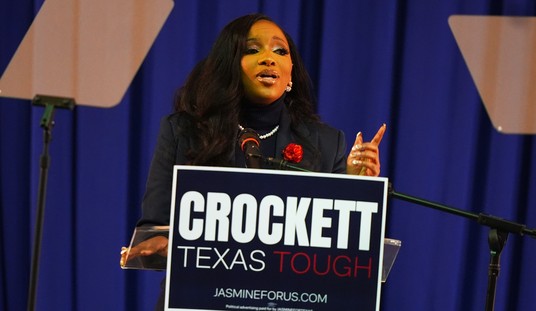A new working paper from libertarian think tank CEI called, hilariously, Tip of the Costberg: On the Invalidity of All Cost of Regulation Estimates and the Need to Compile Them Anyway, reveals that regulations cost American businesses $1.863 trillion annually. While that number is staggering, something somewhat buried in the blog post on the report is actually much more important. An earlier Small Business Administration report revealed “the extent to which regulatory costs impose higher burdens on small firms, for which per-employee regulatory costs are higher.”
Sounds obvious, and rather innocuous, doesn’t it? It’s harder for small firms to comply with regulations. What we have here is a classic case of the seen versus the unseen. Costs, we can measure -- even if poorly, as the Costberg paper points out. What we can’t see is the innovation we lose out on when small firms go under in the face of regulatory burdens.
And go under they do. According to the SBA, over 50% of small businesses fail in the first five years. According to Bloomberg, 8 out of 10 entrepreneurs who start businesses fail within the first 18 months.
Failure itself isn’t a bad thing. Creative destruction is extremely important in a functioning economy. But many firms are failing due to government regulations instead of market signals.
There are lots of reasons firms fail, but when you look at the industries where startups are least likely to be operating five years in, they closely overlap with the industries with the highest levels of regulation. For example, within just four years less than half of all manufacturing, construction and utilities startups are still functioning. Healthcare, manufacturing, and energy and utilities are the three most regulated industries.
Why should we care that government regulations are causing potentially profitable new businesses to fail? In a word: innovation. It’s empirically demonstrated that small firms are more innovative than larger companies. There’s an Economist column named after Joseph Schumpeter, who first explained why. One post sums him up well: “Although big companies often excel at incremental innovation (ie, adding more bells and whistles to existing products), they are less comfortable with disruptive innovation—the kind that changes the rules of the game.” Think Facebook, Uber, Air BnB, eBay. As Entrepreneur magazine put it, “Large companies more successfully acquire instead of innovate.” The kind of people large firms attract, the nimbleness of their operations, and the level of risk they can tolerate all contribute.
Recommended
This is all pretty theoretical, so let’s make it real-world for a second. When you think about small firms innovating, think about the services you use every day. Think about the companies which have transformed our economy. Google, Amazon, Apple, and Microsoft are all behemoths whose contributions to improving our standards of living are simply incalculable. They all started as small firms. Simply put, today’s technology sector looks nothing like the tech we used 50 years ago, while we do manufacturing, construction, and utilities almost exactly the same. There are many reasons for this, among them the fact that tech is comparatively free from innovation-stifling regulations.
And lest we fall for the lie that regulations are just the cost of maintaining safe, functional, fair markets, we should note that most regulations frankly absolutely fail to accomplish their stated aims. That’s because most are written by and for incumbent businesses, and are aimed at creating barriers to entry for startups in order to protect existing companies’ from competition and maintain their places in the market.
Indeed, it’s no shock nor accident that compliance costs disproportionately impact small businesses. It’s by design.
You’re going to see numbers like $1.863 trillion when talking about the cost of regulations. And they matter. But remember that what you don’t see matters even more. What would the poverty rate look like if America’s manufacturing, and energy and utilities sectors had their own Facebook, Uber, Air BnB or eBay? The compliance costs of regulation may be difficult to measure, but the cost of regulation on innovation is incalculable.
























Join the conversation as a VIP Member